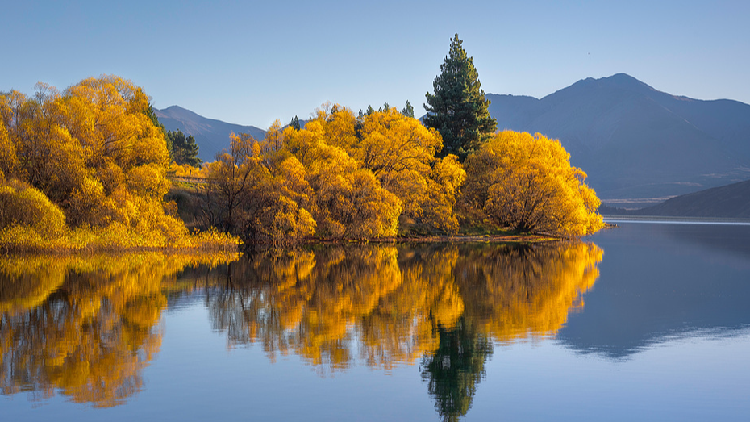How the Structure of Forest Canopies Influences Fall Phenology
This article delves into the influence of forest canopy structure on the timing and characteristics of autumn phenology. It explores how variations in canopy architecture affect the seasonal changes in plant behavior and leaf coloration during the fall. By analyzing different forest types and their unique structures, the study aims to provide insights into the ecological implications of these interactions in a changing climate.

Autumn phenology pertains to the seasonal transformations experienced by organisms, such as plants and animals, during the fall, and is influenced by factors including temperature, light, and precipitation.
Understanding autumn phenology is crucial for grasping the impacts of climate change, evaluating ecosystem health, and forecasting species’ adaptability.
While earlier studies generally concluded that macroclimate is the main driver of both temporal and spatial variations in autumn phenology, notable local differences in the phenology of identical tree species can still emerge, even in regions with comparable macroclimatic conditions. The reasons behind this local variability within temperate forests have not been fully understood.
Researchers from the Institute of Botany at the Chinese Academy of Sciences examined six northern temperate forest locations, utilizing laser radar and high spatiotemporal resolution imagery to analyze autumn phenology and canopy structure. They found a significant and consistent correlation between these two elements.
According to Su Yanjun, a researcher at the institute, “The canopy structure influences autumn phenology by regulating microclimate factors, such as radiation and temperature within the forest.”
“A complex canopy structure can, on one hand, weaken light penetration within the forest, reducing the intensity of photosynthesis and delaying the time at which plants reach carbon saturation,” Su explained.
“On the other hand, it can enhance the buffering effect of temperature, slow down the rate of cold accumulated temperature and reduce the risk of plants from getting frost damage. All of these factors may delay the onset of autumn phenology,” he added.
The research also revealed that incorporating the "canopy structure-microclimate-autumn phenology" mechanism into traditional phenology models significantly enhances their predictive accuracy. Models that overlook this mechanism frequently overestimate the impact of global warming on the delay of autumn phenology.
This study has been published in Nature Climate Change.
Allen M Lee contributed to this report for TROIB News
Discover more Science and Technology news updates in TROIB Sci-Tech












